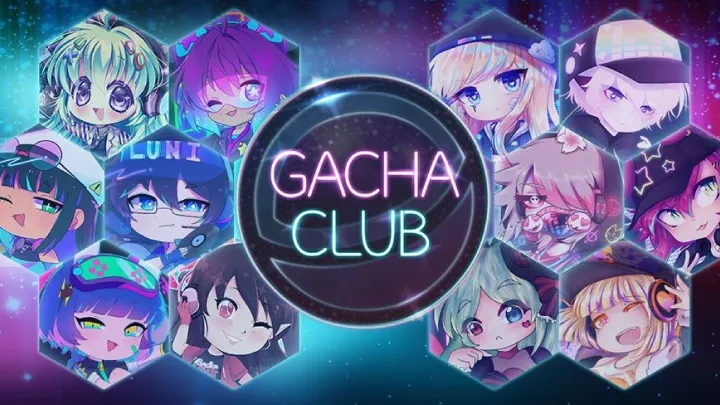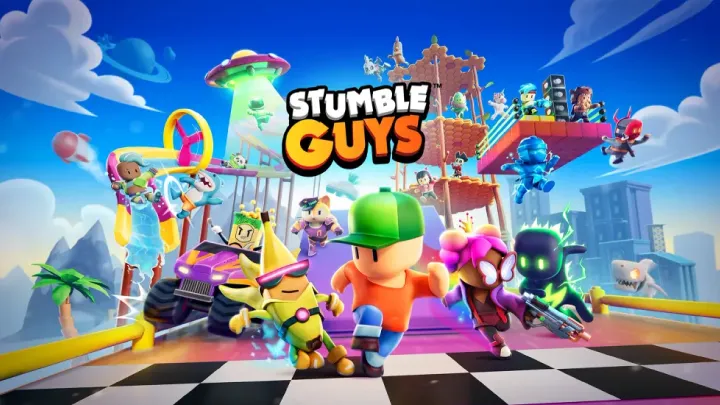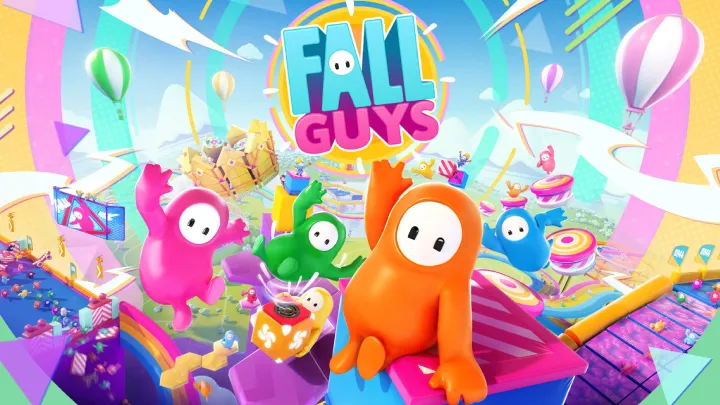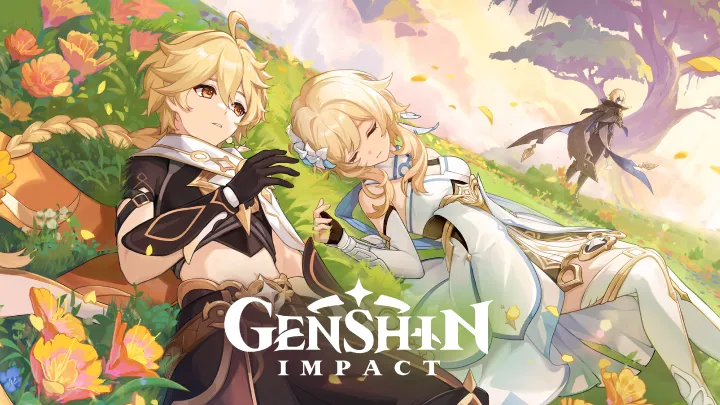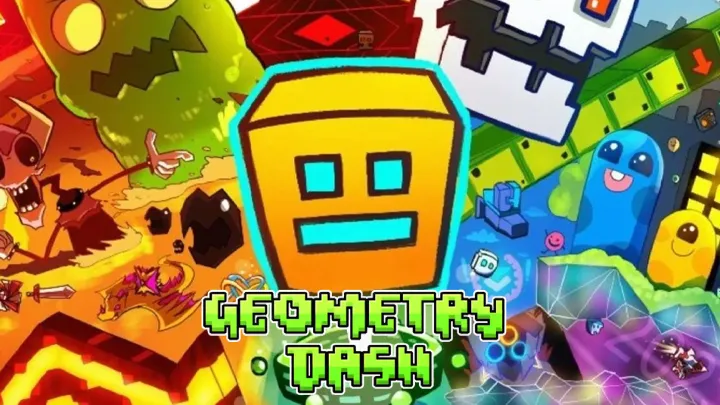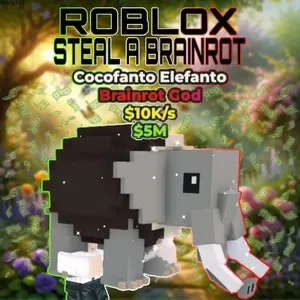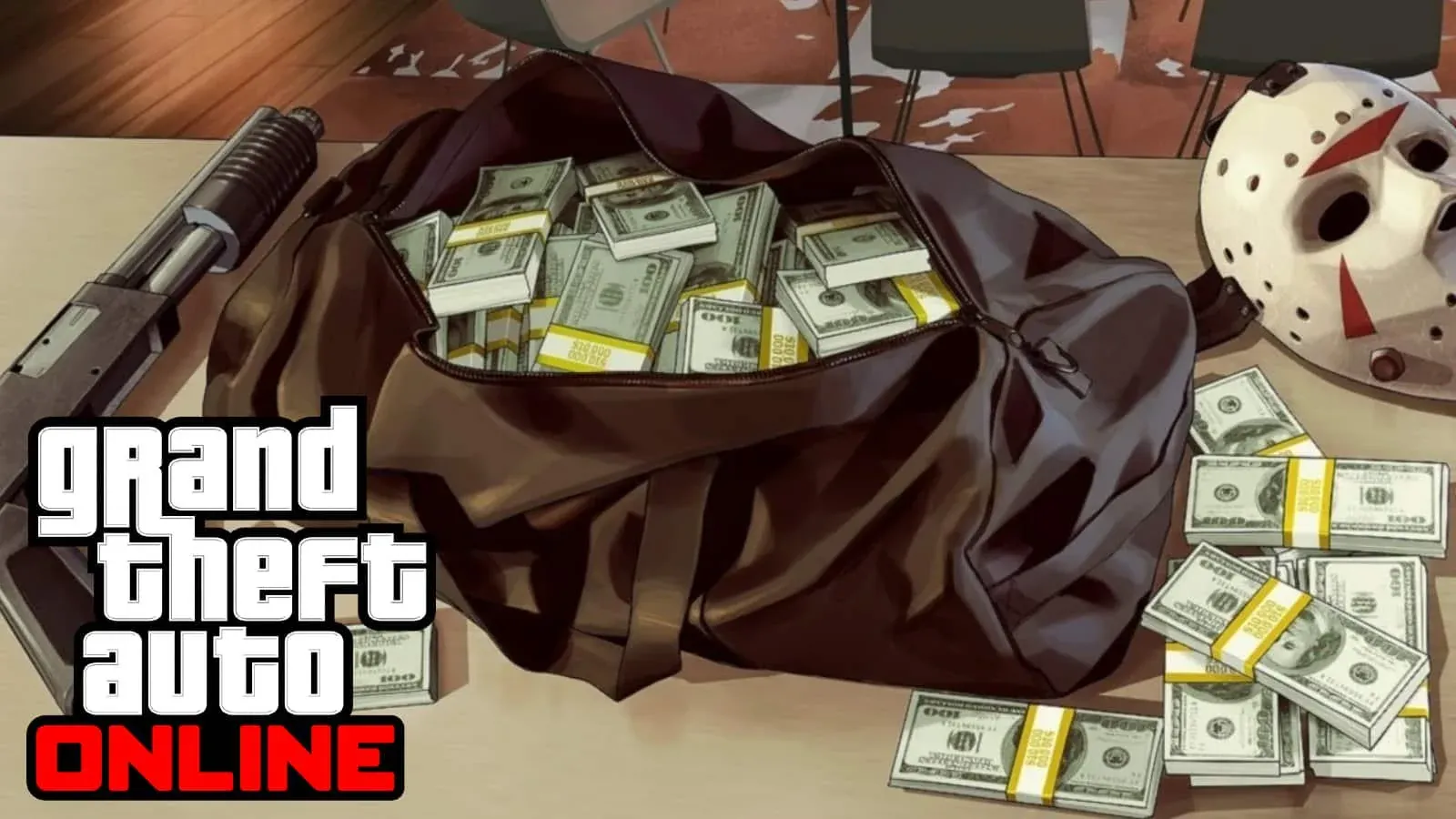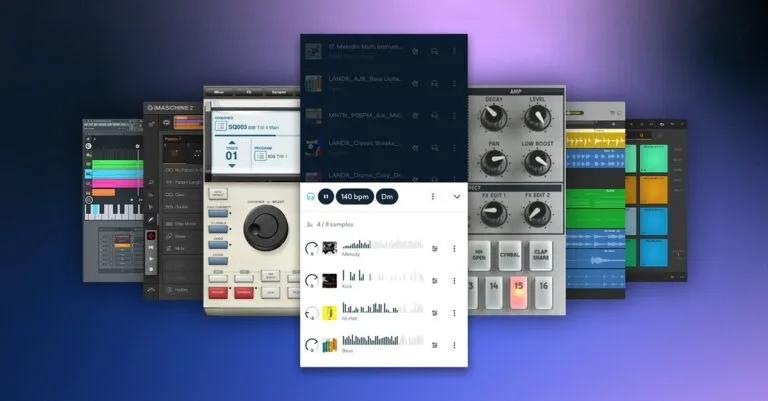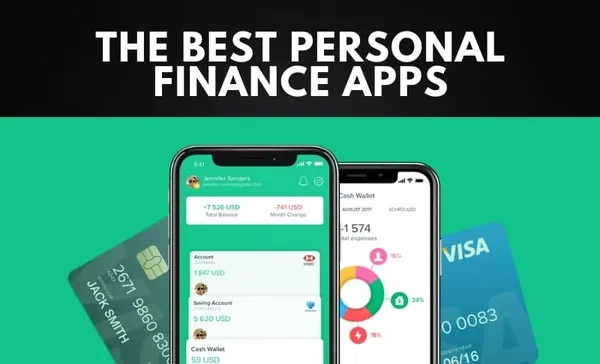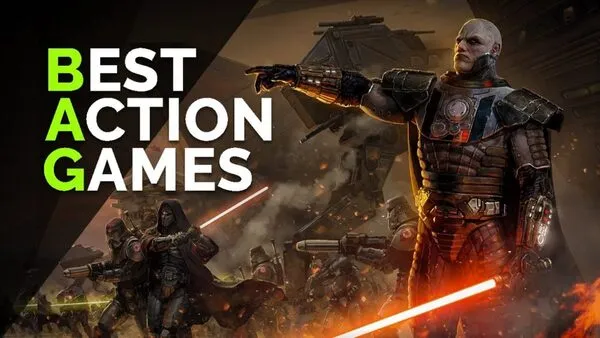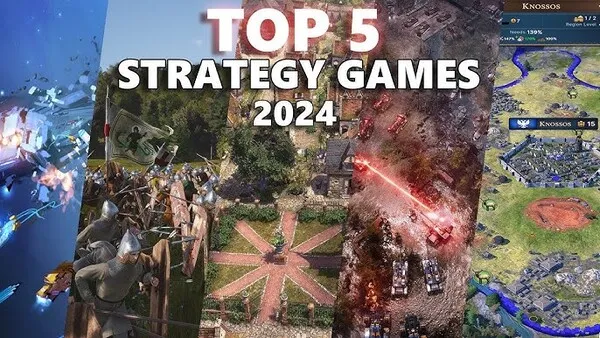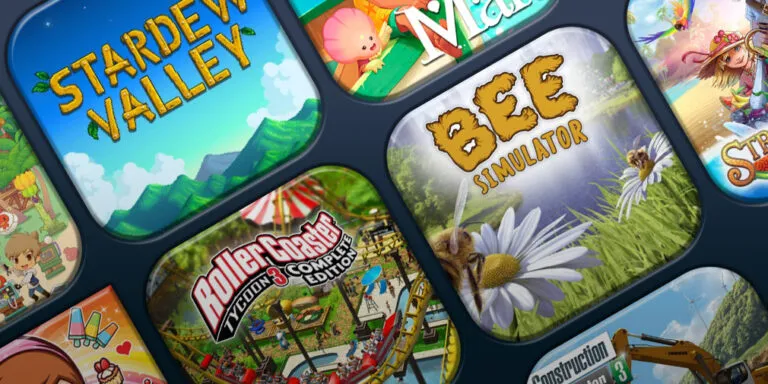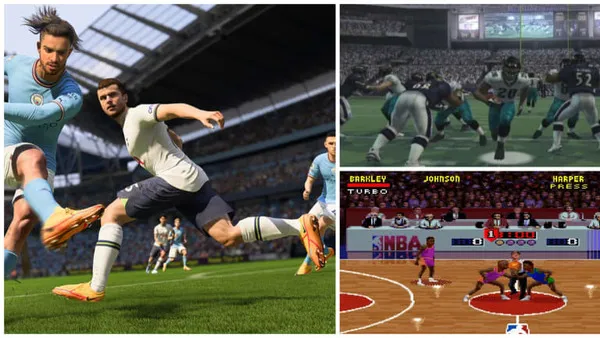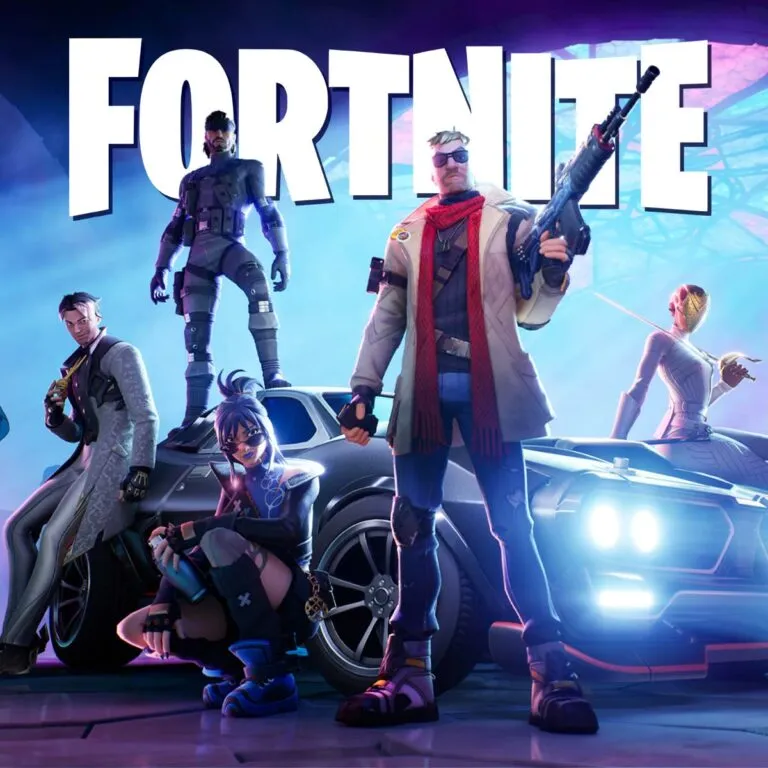Since its launch in 2013, Grand Theft Auto Online has grown from a chaotic sandbox into one of the most complex online economies in gaming. The economic system inside GTA Online is not just a backdrop — it’s the driving force behind player progression, social dynamics, and even controversy. This article explores, in detail, the evolution of GTA Online’s economy, how it has shaped the way people play, and the challenges Rockstar faces in keeping it balanced.
1. The Early Days: Scarcity and the Value of Every Dollar (2013–2014)
In the earliest days of GTA Online, money was hard to come by. Heists had not yet been introduced, and most income came from small-time activities like robbing convenience stores, completing missions, or selling stolen cars to Los Santos Customs. Earning enough for a high-end apartment or sports car took weeks of grinding.
This scarcity gave items real value. Owning a high-performance vehicle or a luxury apartment was a visible status symbol. The slower pace also meant players explored more of the game world, doing a variety of jobs rather than repeating the most profitable ones.
2. The Introduction of Shark Cards and Microtransactions
Rockstar quickly realized the potential for real-world monetization through Shark Cards, premium currency packs that allowed players to purchase GTA$ without grinding. For some, this was a welcome option to skip repetitive gameplay. For others, it felt like a “pay-to-progress” system that undermined the effort of players who earned money through in-game work.
Shark Cards created a parallel economy: one for grinders and one for spenders. While the in-game economy technically treated both the same, the time-to-reward ratio shifted dramatically, leading to debates over whether microtransactions were skewing game balance.
3. The Heists Update: The First Economic Boom (2015)
The release of the Heists Update was a turning point. Suddenly, players could earn large sums in a short time, provided they coordinated with a capable crew. The Pacific Standard Job became the most lucrative activity in the game for months, leading to an explosion in luxury purchases.
Heists also introduced the concept of teamwork being directly tied to economic success. Many players learned the importance of investing in better weapons, armor, and vehicles to improve efficiency — reinforcing the idea that spending money could make you more money.
4. Inflation Hits Los Santos (2016–2017)
As Rockstar released more DLC packs, prices for new vehicles, properties, and upgrades skyrocketed. A car that might have cost $300,000 in 2013 was now dwarfed by supercars priced at $2–3 million. The introduction of military-grade vehicles like the Hydra jet and the Insurgent armored truck further inflated expectations for “must-have” gear.
This price creep created a gap between veteran players with millions in the bank and newcomers struggling to afford basic items. For many, this was the beginning of the “grind or pay” mentality that defined later years.
5. The Rise of Passive Income Businesses (2016–2018)
With the Further Adventures in Finance and Felony update, players could run offices, warehouses, and later, biker businesses and nightclubs. These operations generated passive income, allowing players to make money even while engaging in other activities.
However, setting up these businesses required massive upfront investments. The nightclub business, for example, could cost over $5 million to fully upgrade. While it rewarded long-term play, it also entrenched wealth inequality — rich players got richer, while poor players struggled to catch up.
6. The Weaponized Vehicle Era and Its Economic Impact
Updates like Gunrunning and Smuggler’s Run introduced weaponized vehicles, from flying motorcycles (Oppressor Mk II) to missile-equipped jets. These were not just expensive; they also provided huge advantages in both PvE and PvP scenarios.
For some, these vehicles were tools of efficiency, enabling faster mission completion and better protection of business assets. For others, they were symbols of imbalance, where wealthy players could dominate public sessions and grief newcomers without much consequence.
7. The Diamond Casino & Resort: Gambling Comes to GTA Online (2019)
The Diamond Casino update added a new layer to the economy — legal in-game gambling. Players could purchase chips with GTA$, spin a daily wheel for prizes, and even buy high-roller penthouses. While this was primarily seen as a fun diversion, it also became a way for players to indirectly convert real money (via Shark Cards) into gambling capital.
The Casino also created new social spaces, where wealth was flaunted through designer outfits, champagne service, and exclusive penthouse decor. This reinforced the social aspect of economic status.
8. The Cayo Perico Heist: Solo Play and Economic Accessibility (2020)
One of the biggest criticisms of earlier heists was their reliance on coordinated crews. The Cayo Perico Heist addressed this by allowing solo players to earn millions in a single run. This democratized wealth generation, making it easier for casual players to buy high-end gear without relying on friends or dealing with random lobbies.
Cayo Perico also became the most efficient money-making method in the game, to the point where many players abandoned older businesses entirely. This raised questions about whether the economy had become too “one-dimensional,” with everyone grinding the same content.
9. The Problem of Hyperinflation and Content Saturation (2021–2023)
By the early 2020s, the GTA Online economy was suffering from hyperinflation. New vehicles regularly topped $3–5 million, properties reached $10 million, and even cosmetic items could cost hundreds of thousands. For new players, the sheer price of entry for “competitive” equipment was overwhelming.
This led to a cycle: Rockstar released high-priced items → players bought Shark Cards to afford them → prices continued to rise. For some veterans, amassing billions became the only remaining goal, while for others, burnout set in as the grind lost meaning.
10. Modern Economy: Balancing Accessibility and Prestige (2024–2025)
Today, GTA Online’s economy exists in a strange balance. On one hand, solo-friendly heists and passive income make it easier than ever to get rich. On the other hand, Rockstar continues to release ultra-expensive items to keep veterans engaged.
The challenge for Rockstar moving forward is maintaining the prestige of wealth without alienating newcomers. Possible solutions could include dynamic pricing, rotating discounts, or new types of content that reward skill as much as bankroll.
Conclusion
The economy of GTA Online is a living system, shaped by updates, player strategies, and Rockstar’s monetization decisions. From the grind-heavy early days to the solo-friendly Cayo Perico era, money has always been at the heart of the experience. It influences not only what players can buy, but also how they play, who they interact with, and how they define success in Los Santos. In a world where every dollar can be earned or bought, the line between gameplay and business blurs — making GTA Online one of the most fascinating case studies in virtual economies.
